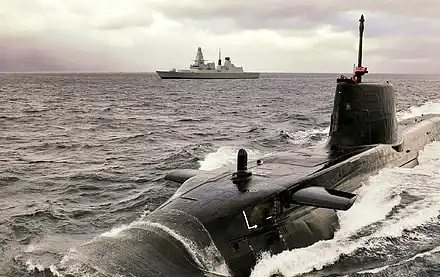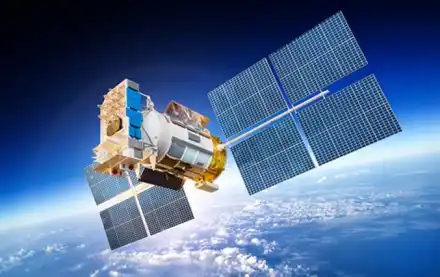




Raytheon
Raytheon, an RTX business, is leading the development of the Hypersonic Air Launched Offensive Anti-Surface (HALO) missile, which is a crucial component in the United States Navy's strategy to enhance its long-range anti-ship capabilities and transform its carrier warfare strategies. HALO is a carrier-based high-speed missile designed to enable the Navy to operate and control contested battlespaces in anti-access/area denial environments.
In March 2023, Naval Air Systems Command (NAVAIR) awarded Raytheon Missiles & Defence and Lockheed Martin a $116 million contract for technical maturation and development through a preliminary design review of the propulsion system. The contract is expected to begin in December 2024, with each company's initial design review working towards a prototype flight test.
Raytheon has been making significant strides in the development of the HALO missile and recently completed a technical review and a seamless prototype fit-check in the first phase of the HALO program. This is a crucial step towards the fielding of the Navy's first anti-ship hypersonic missile that can address advanced threats in contested environments.
The HALO missile is being designed to deliver a straightforward and mature, digitally engineered system at the pace the Navy needs and will provide greater anti-surface warfare capability than the AGM-158C LRASM. Colin Whelan, president of Advanced Technology at Raytheon, emphasized the importance of proven technology that the warfighters need, and Raytheon's expertise in hypersonics.
Raytheon's digital and physical design concepts and models of the HALO prototype were created in a matter of months using digital and model-based engineering techniques. This approach is accelerating the development of the HALO missile. A successful fit check on an F/A-18 was held in the fall, ensuring that the prototype is compatible with the Navy's Super Hornet aircraft and existing support equipment.
The HALO missile is expected to have initial operational capability in 2028. The program is also called the Offensive Anti-Surface Warfare Increment 2 (OASuW Inc 2) program. Although Rear Admiral Stephen Tedford, Program Executive Officer for unmanned aviation and strike weapons at NAVAIR, recently mentioned at the Navy League's Sea-Air-Space conference in April 2023 that HALO might not reach hypersonic speeds, Raytheon remains confident in delivering a straightforward and mature system that will provide greater anti-surface warfare capability than the AGM-158C LRASM.
The HALO missile is designed to replace the US Navy's long-serving Harpoon anti-ship missile, which first came into service in 1977. While the Harpoon has been upgraded through several generations, the type may have already maxed out its upgrade potential. The HALO missile is expected to offer increased anti-surface warfare capability than the AGM-158C LRASM and is designed to provide the Navy with a hypersonic air-launched anti-ship missile that will enhance its long-range anti-ship capabilities and transform its carrier warfare strategies.